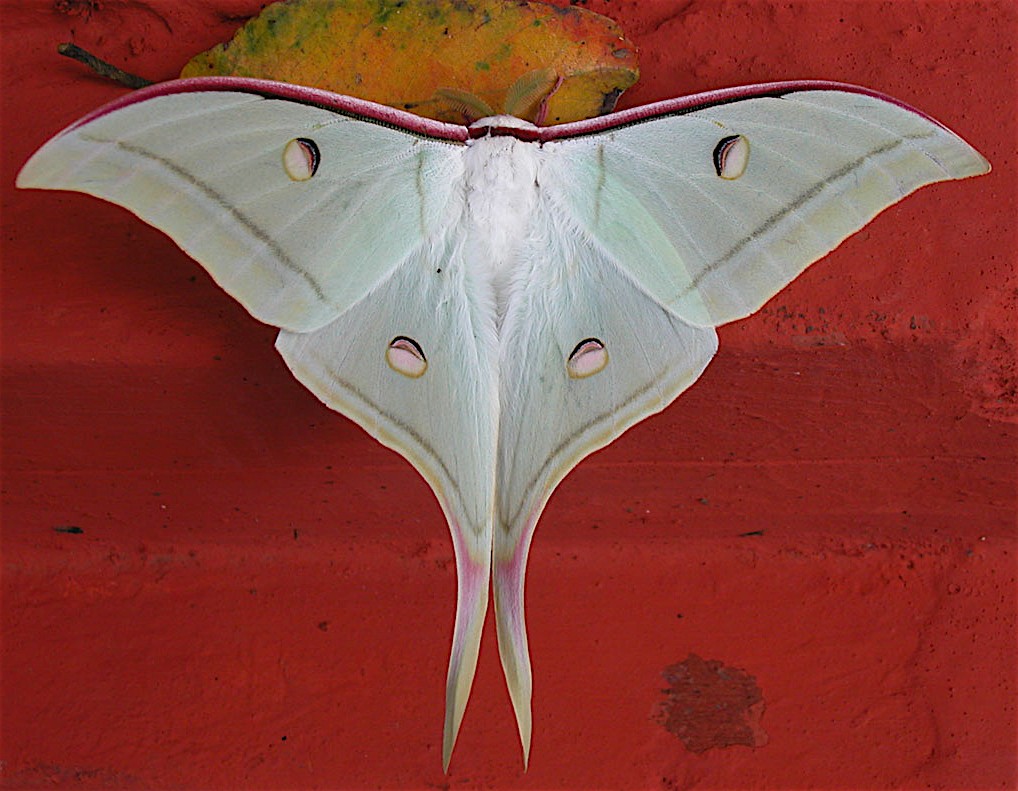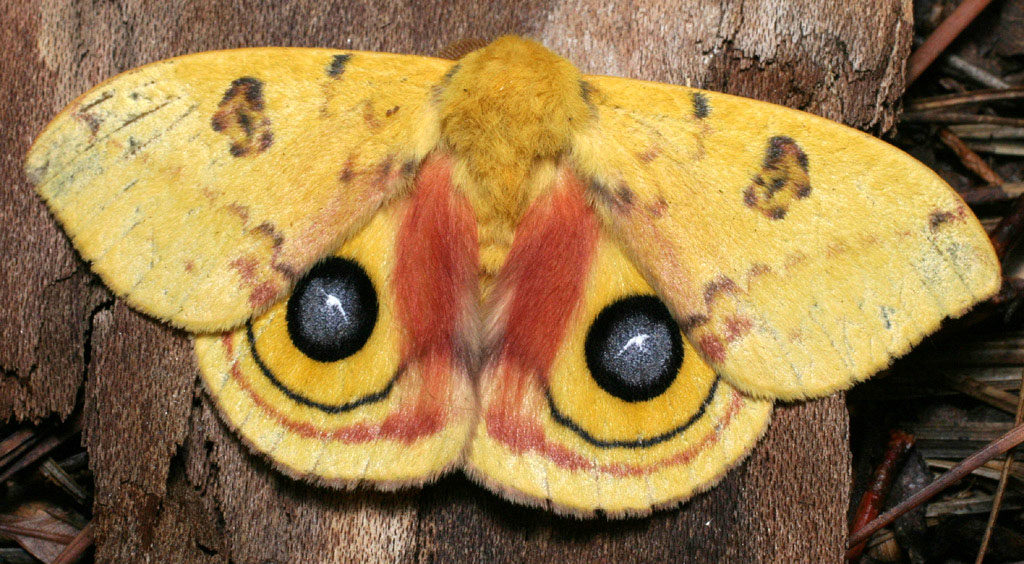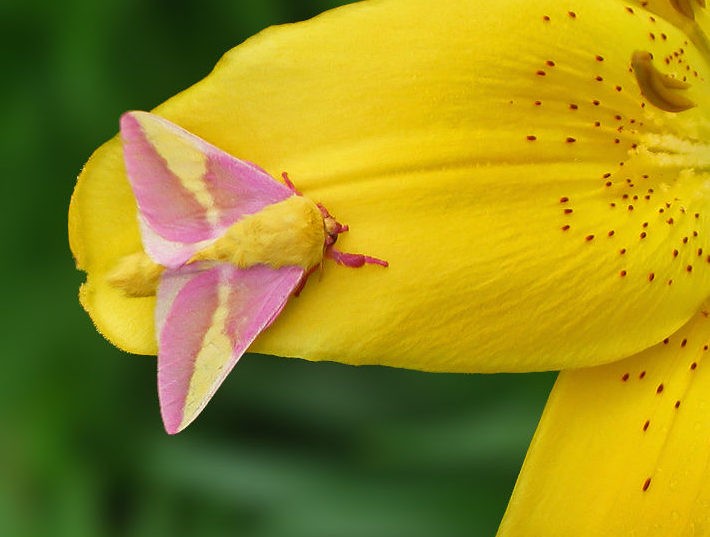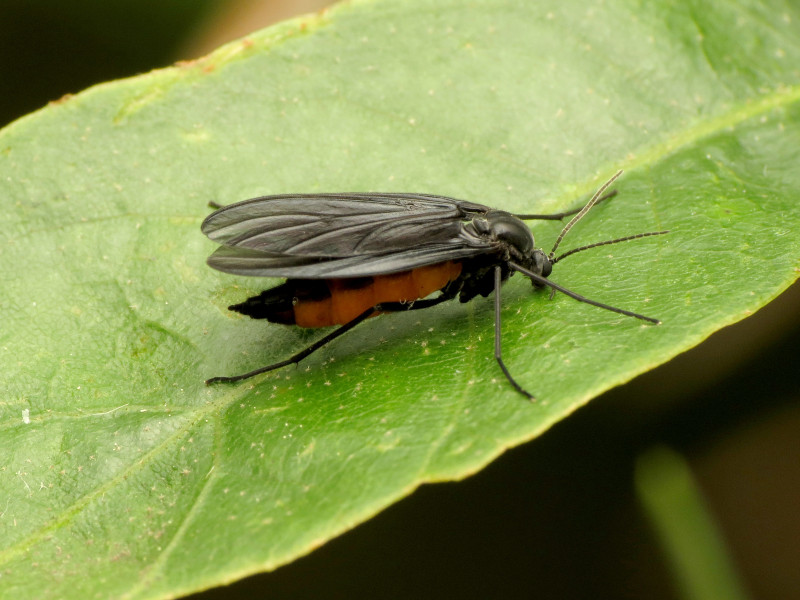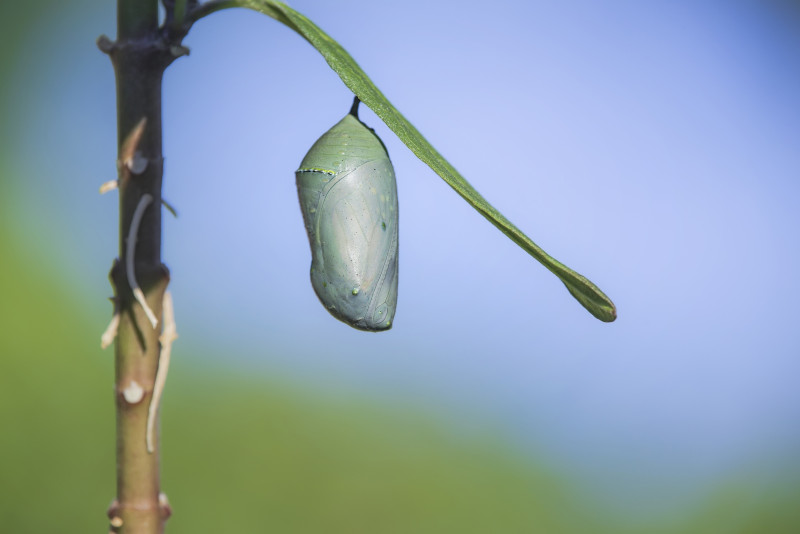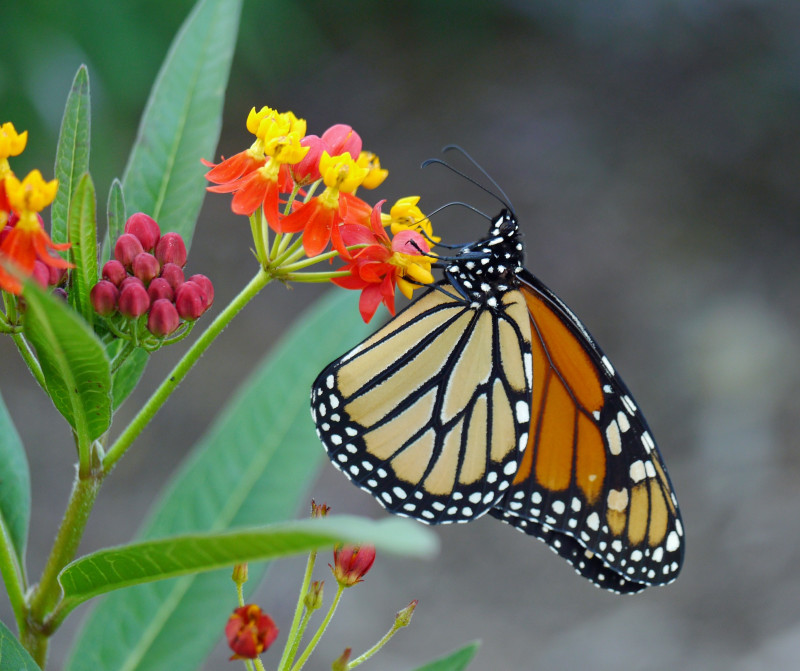We know they’re out there, but, hidden in the dark, and camouflaged by generally drab colors in the daytime, we see only a few. Those moths we do see are usually flitting around in the glow of a porch light. In the daytime, they’re out of sight, too, or sometimes they’re in plain view, clinging to a surface that camouflages them.
If you make it a practice to look closely in your yard–the siding of your house, on tree trunks, on plant leaves, among grasses, and in crevices in wood and rock piles, you’ll be surprised at what moths you’ll find, and some are REALLY worth seeing! Just take a look at the ones below. All of them can be found in urban areas wherever they find suitable habitat.
Cecropia Moth (Hyalophora cecropia)
The Cecropia (see-KRO-pee-uh) is North America’s largest native moth. Wingspan: 6 inches (15.2 cm) or more. Range: East of the Rocky Mountains in the United States and southern Canada. Habitat: Hardwood forests, including wooded areas within cities. Flight: May to early June and late June to early July in the Midwest, and from March to July elsewhere. Food: Adults don’t feed and live for about two weeks. Their caterpillars feed on the leaves of maple, wild cherry, plum, birch, willow, apple, alder, and dogwood. They feed in groups while young and become solitary as they grow older. Watch a Cecropia Moth transform into a pupa
Luna Moth (Actias luna)
Endangered in some areas due to habitat destruction, as well as bright lights at night, which disturbs their mating cycles. Wingspan: 2.2 to 4.2 inches (5.6 to 10.6 cm). Habitat: In or near deciduous hardwood forests, including cities. Range: Every state east of the Great Plains, and southern Canada. Flight: May to July in northern areas, March to September in southern areas, where they have up to three broods a year. Food: Adults don’t feed and live for about one week. Their caterpillars, known to make a clicking sound with their mandibles when disturbed, feed on white birch, persimmon, Sweet Gum, hickory, walnut, and sumac. Timelapse Luna Moth emerging
Imperial Moth (Eacles imperialis)
One of our largest moths. Those in the South generally show less yellow than those in the North. Wingspan: 3.1–6.9 inches (8–17.4 cm). Range: Eastern half of the U.S., plus Ontario and Quebec. In decline in the northeastern U.S., possibly because of habitat fragmentation. Habitat: Deciduous, mixed, and evergreen forests, including wooded areas within cities. Flight: June to August in the north and April to October in the southern U.S. Food: Adults don’t feed and live for about one week. Their caterpillars feed on leaves of pine, oak, box elder, elm, maple, walnut, birch, Sweetgum, Honeylocust, Bald Cypress, basswood, and cedar. Imperial Moth video
Polyphemus Moth (Antheraea polyphemus)
Named after Polyphemus (pol-uh–FEE-muss), the mythical one-eyed cyclops in Homer’s The Odyssey. Wingspan: 3.9–5.9 inches (10–15 cm). Range: All states in the continental U.S. and the Canadian provinces, except Newfoundland. Habitat: Deciduous forests, orchards, and some wetlands. Flight: April to May and July to August in the southern U.S., May to July in northern areas. Food: Adults don’t feed and live less than a week. Their caterpillars feed on leaves of a variety of trees and shrubs, including birch, grape, hickory, maple, oak, and willow.
Io Moth (Automeris io)
Pronounced EYE-oh moth. Also called the Peacock Moth. Wingspan: 2.0–3.1 inches (5 to 8 cm). Range: Eastern half of the U.S. and southeastern Canada. Habitat: Deciduous forests, thorn scrub, suburban areas. Flight: May to June in the north; in the south, two to three broods between February and September; in Florida, several broods a year. Food: Adults don’t eat and live seven to fourteen days. Their caterpillars feed on the leaves of hackberry, willow, redbud, currant, blackberry, and pear trees.
Rosy Maple Moth (Dryocampa rubicunda)
The Rosy Maple Moth’s species name, rubicunda, is Latin for “somewhat ruddy.” Wingspan: 1.25–2.0 inches (32 mm–55 mm). Range: Eastern half of N.A., including most of Florida. Habitat: Deciduous forests. Season: May to August in the north and April to September in the south, where they have two to three broods. Food: Adults don’t eat and live no more than a week. Their caterpillars feed on the leaves of maples, sycamore, beech, and oaks. “Cutest insect in the world” video
Giant Leopard Moth (Hypercompe scribonia)
Also called the Eyed Tiger Moth. Males and females mate for an unusually long time—more than 24 hours. Should a mating couple decide to move from, say, their place in the shade out into the sun, the female folds her legs, and the male carries her under his body. Wingspan: 2.2–3.6 inches (5.7–9.1 cm). Range: Southern Ontario, southern and eastern U.S., Mexico down to Columbia. Habitat: Gardens, woodlands, farmlands. Season: March to November; one brood in the north and two or more in the south. Food: Adults feed on nectar and live up to two weeks. Caterpillars feed on the leaves of broad-leaved plants, including cabbage, cherry, dandelion, maple, sunflower, willow, and violets.
White-lined Sphinx Moth (Hyles lineata)
An exception to nighttime moths, the White-lined Sphinx comes out in the daytime, too. They’re sometimes called hummingbird moths because of their similarity in size and flying behavior to hummingbirds. Wingspan: 2–3 inches (5.1–7.6 cm). Range: Throughout the U.S., southern Canada, south into Mexico. Habitat: Open areas, gardens. Season: February to November. Food: Adults sip nectar from a variety of flowers and live ten to thirty days. Caterpillars feed on the leaves of apple, grape, and elm trees, tomato, purslane, evening primrose, and others.
More reading:
Build an insect house
America’s favorite butterflies
Plant a butterfly-hummingbird garden



